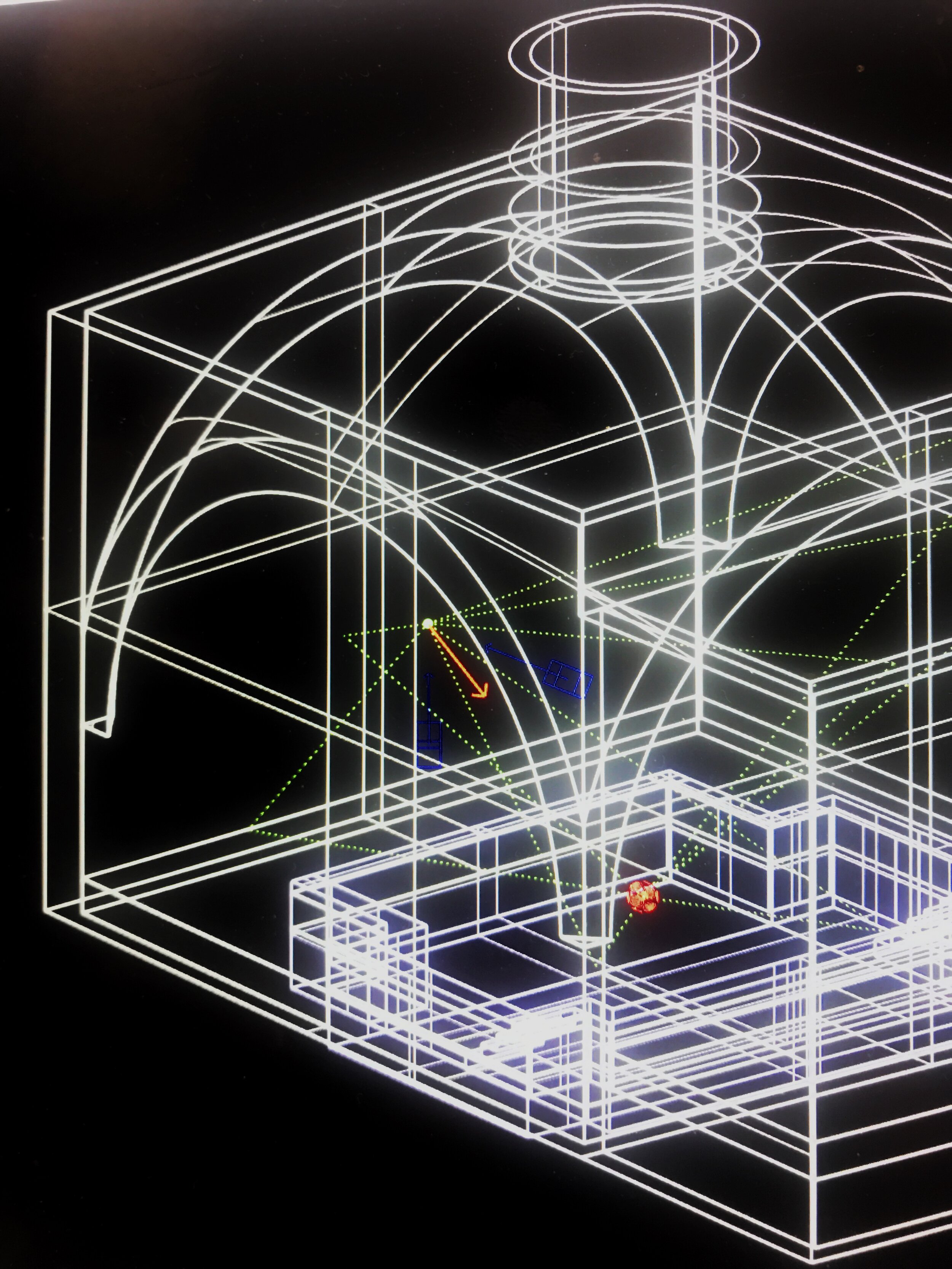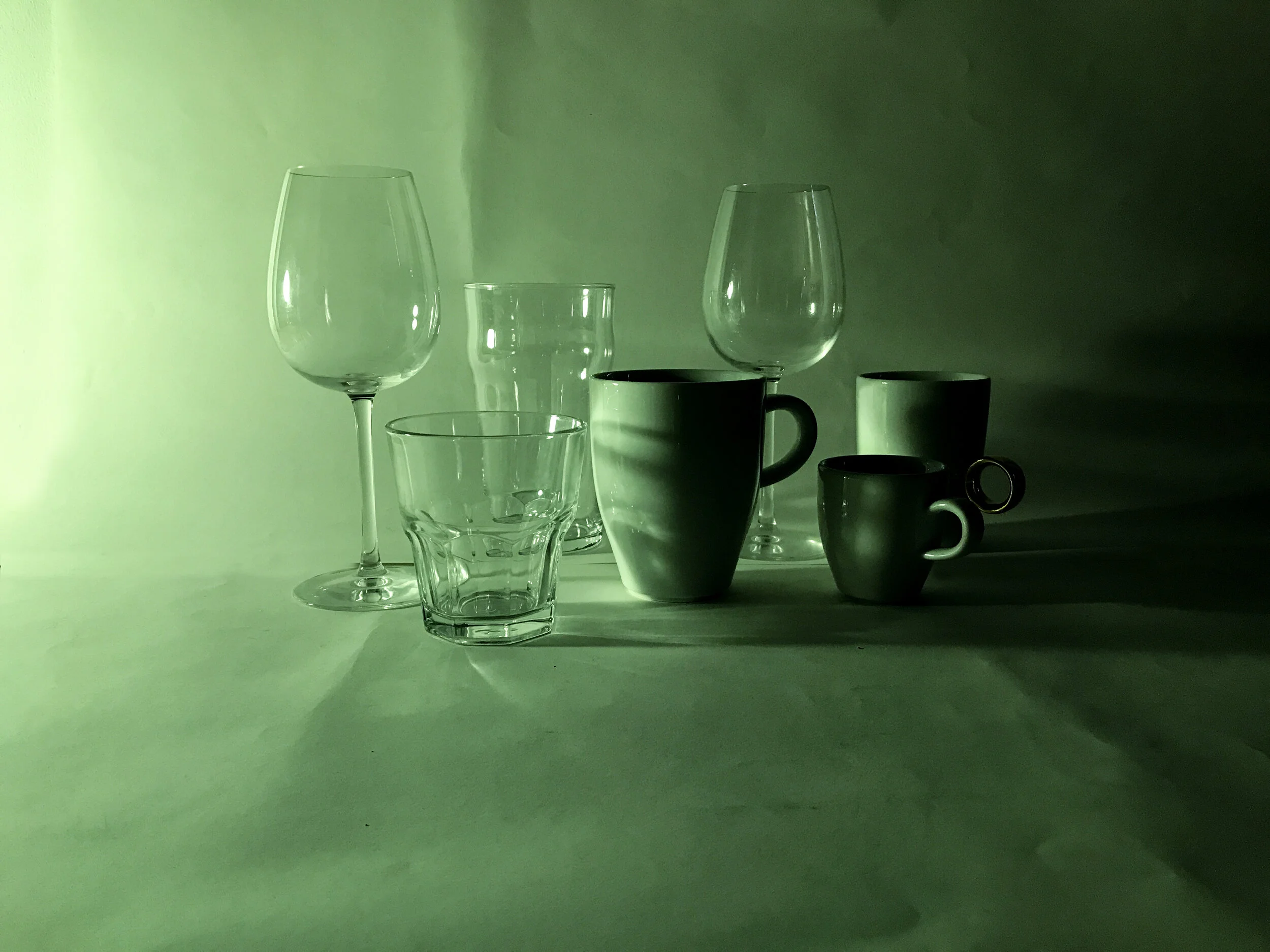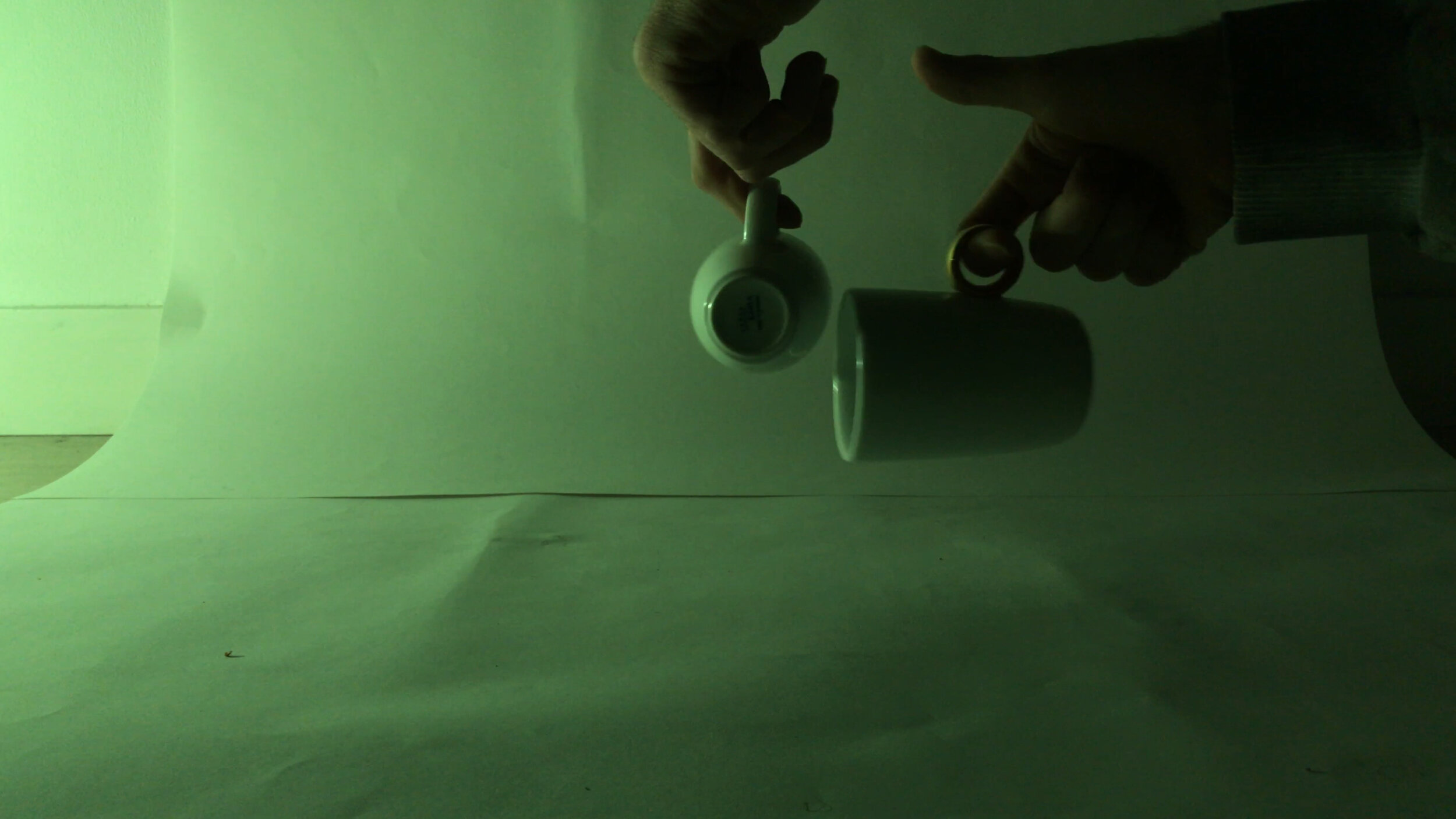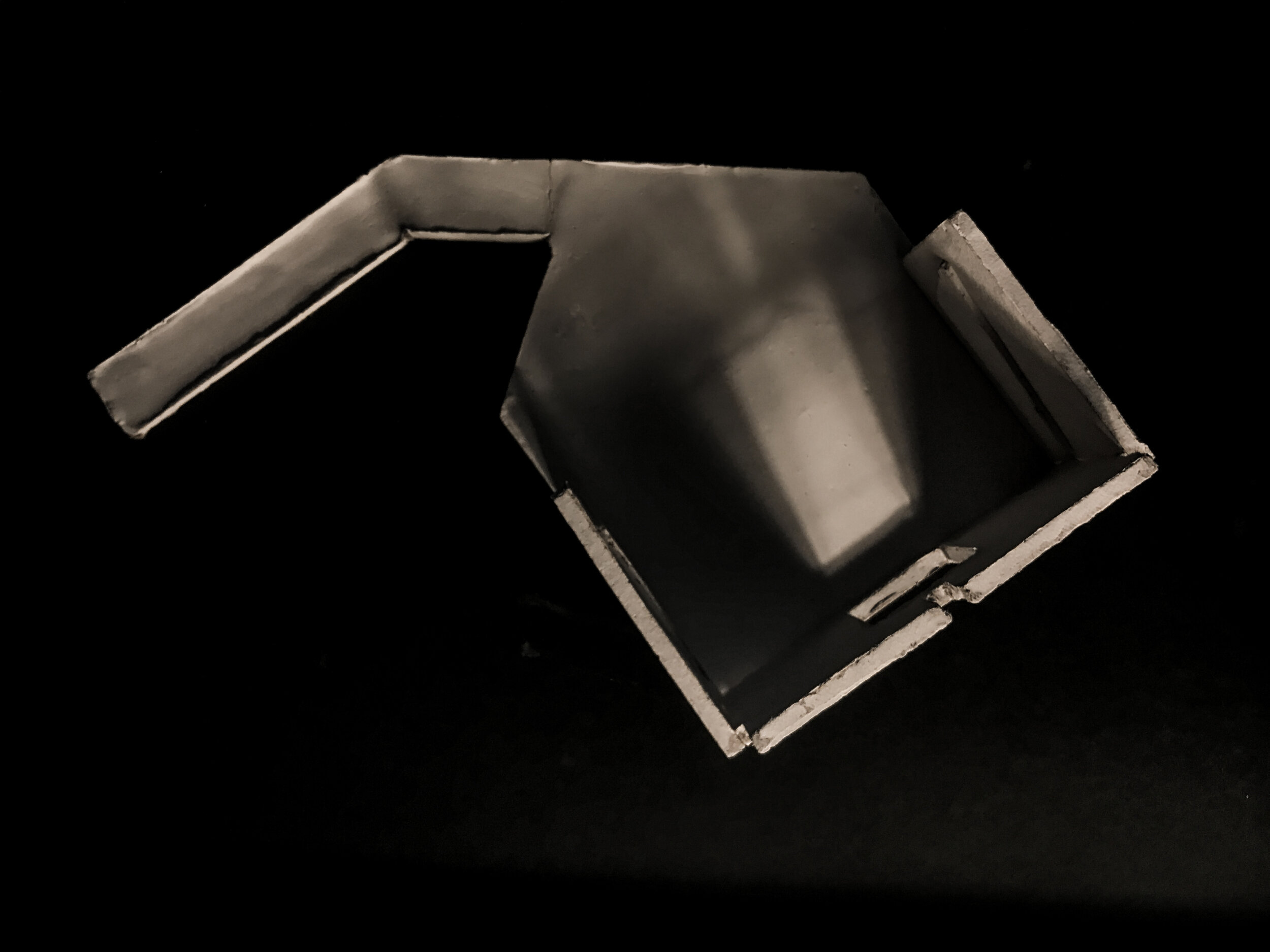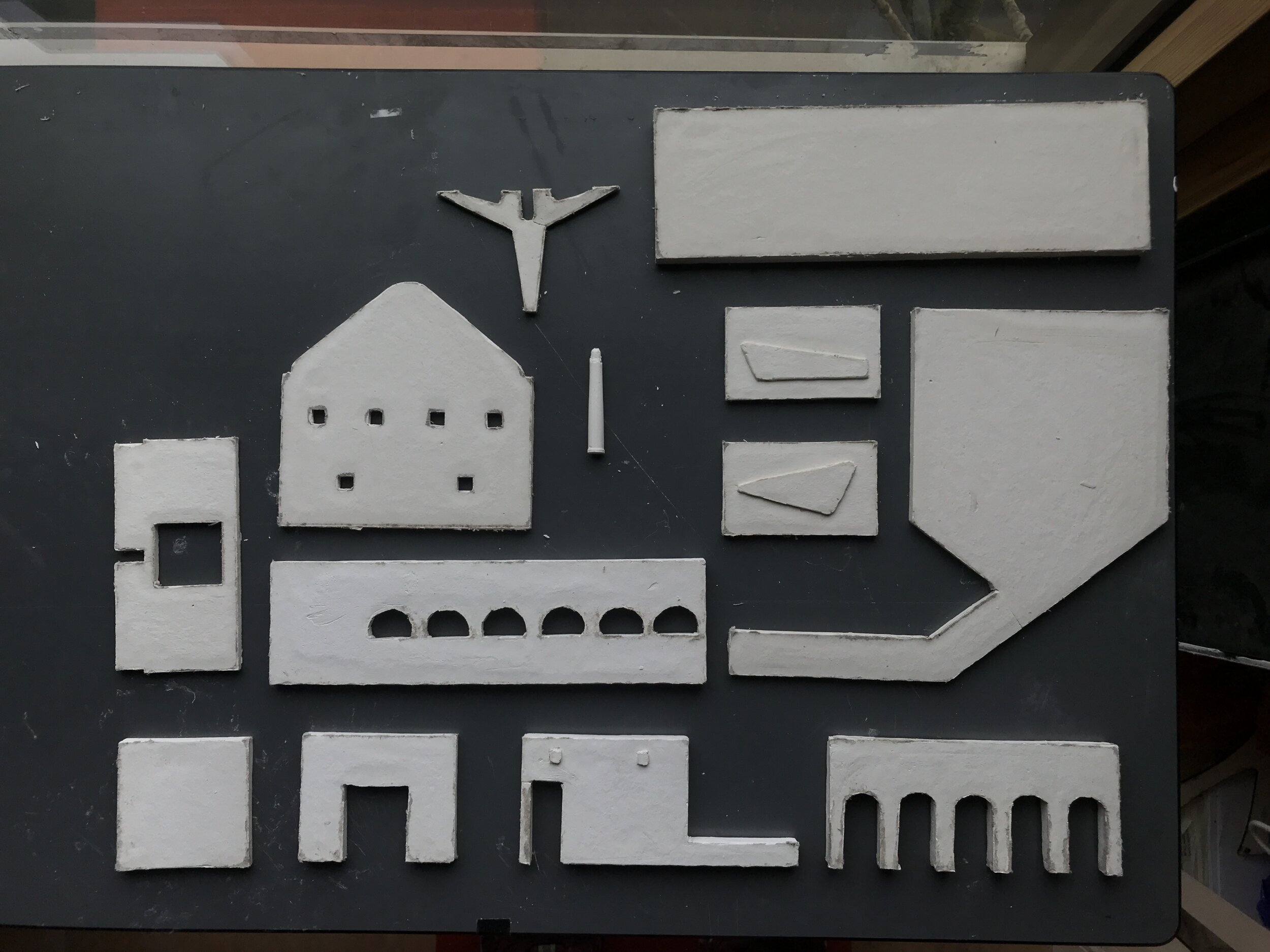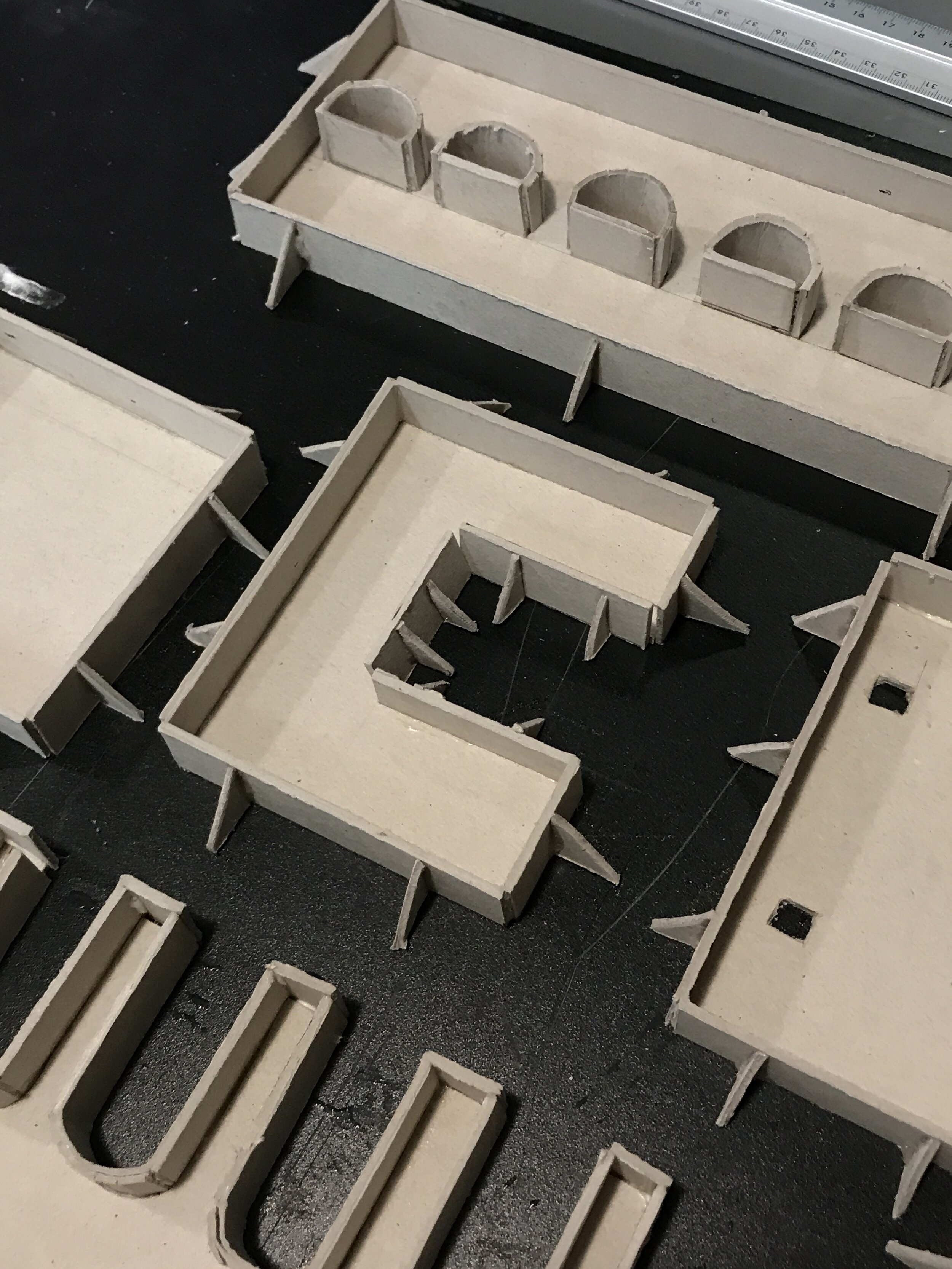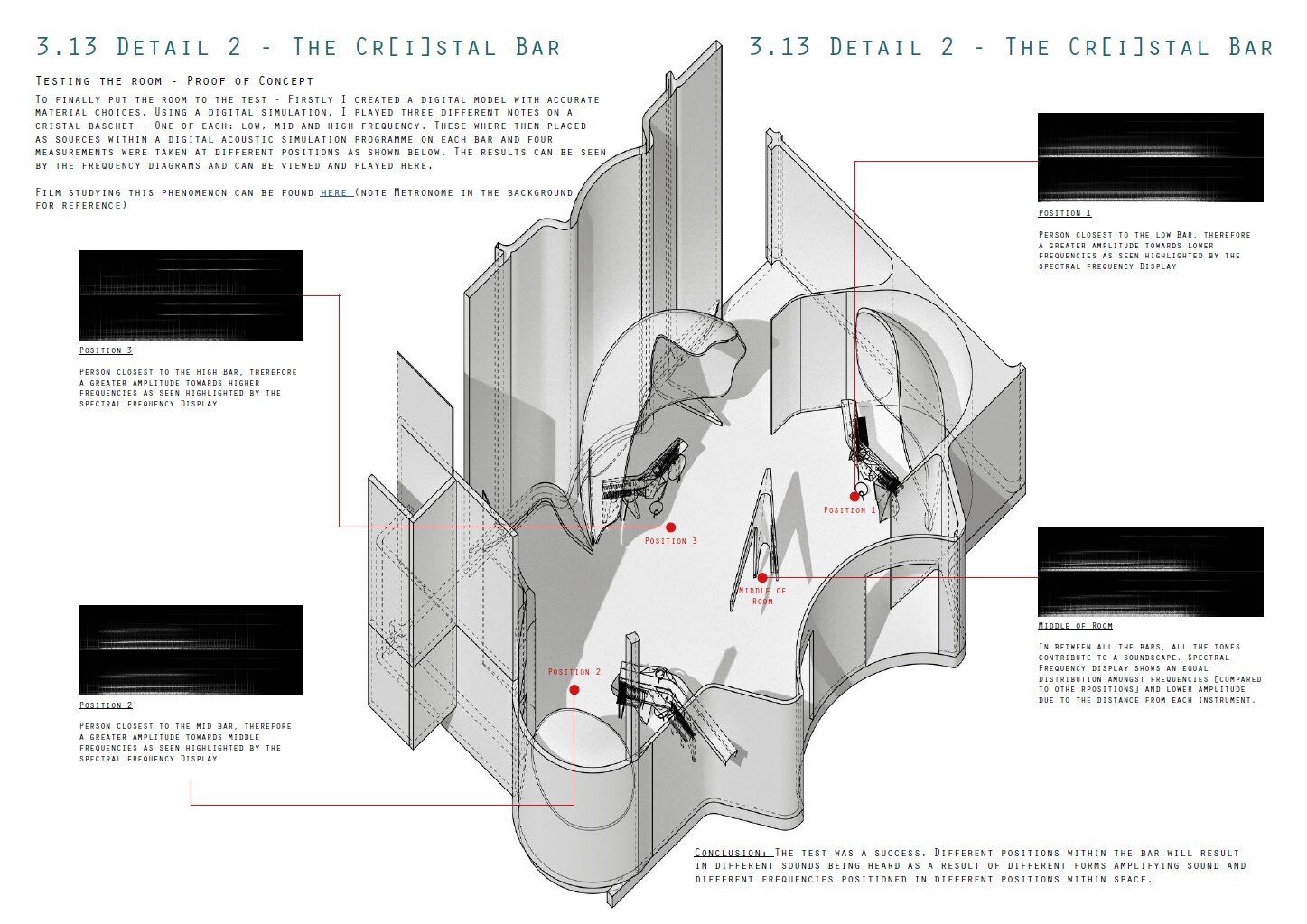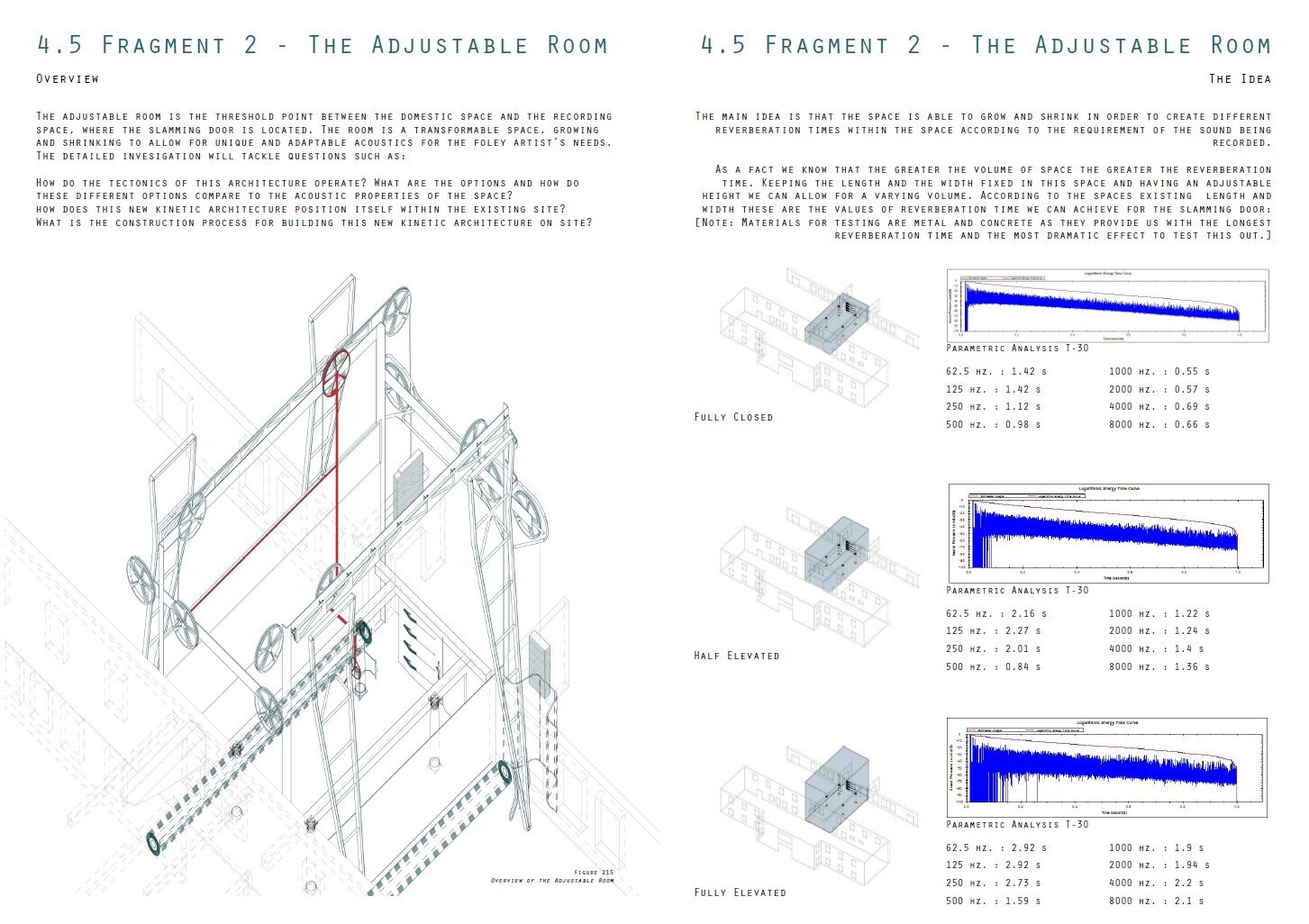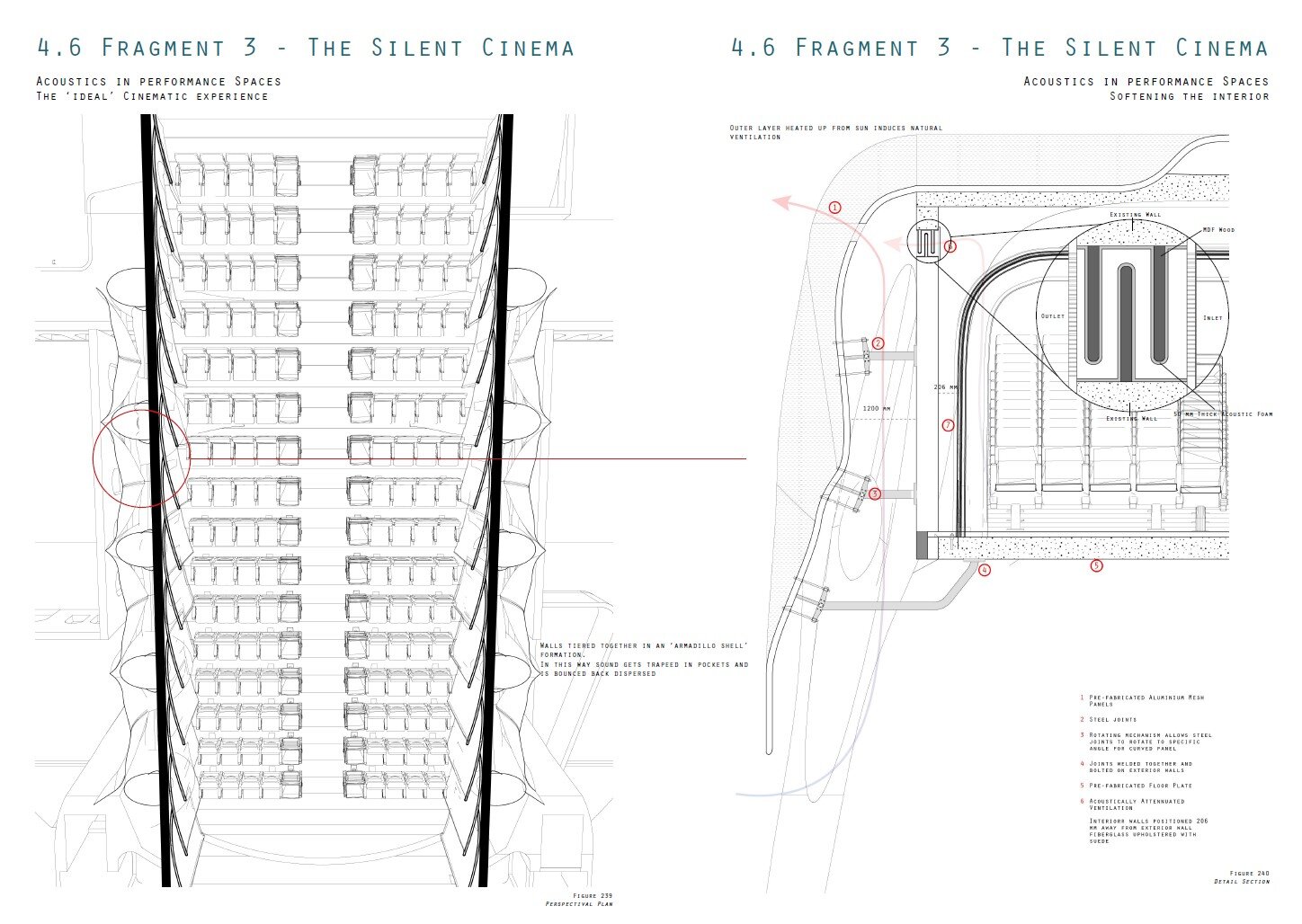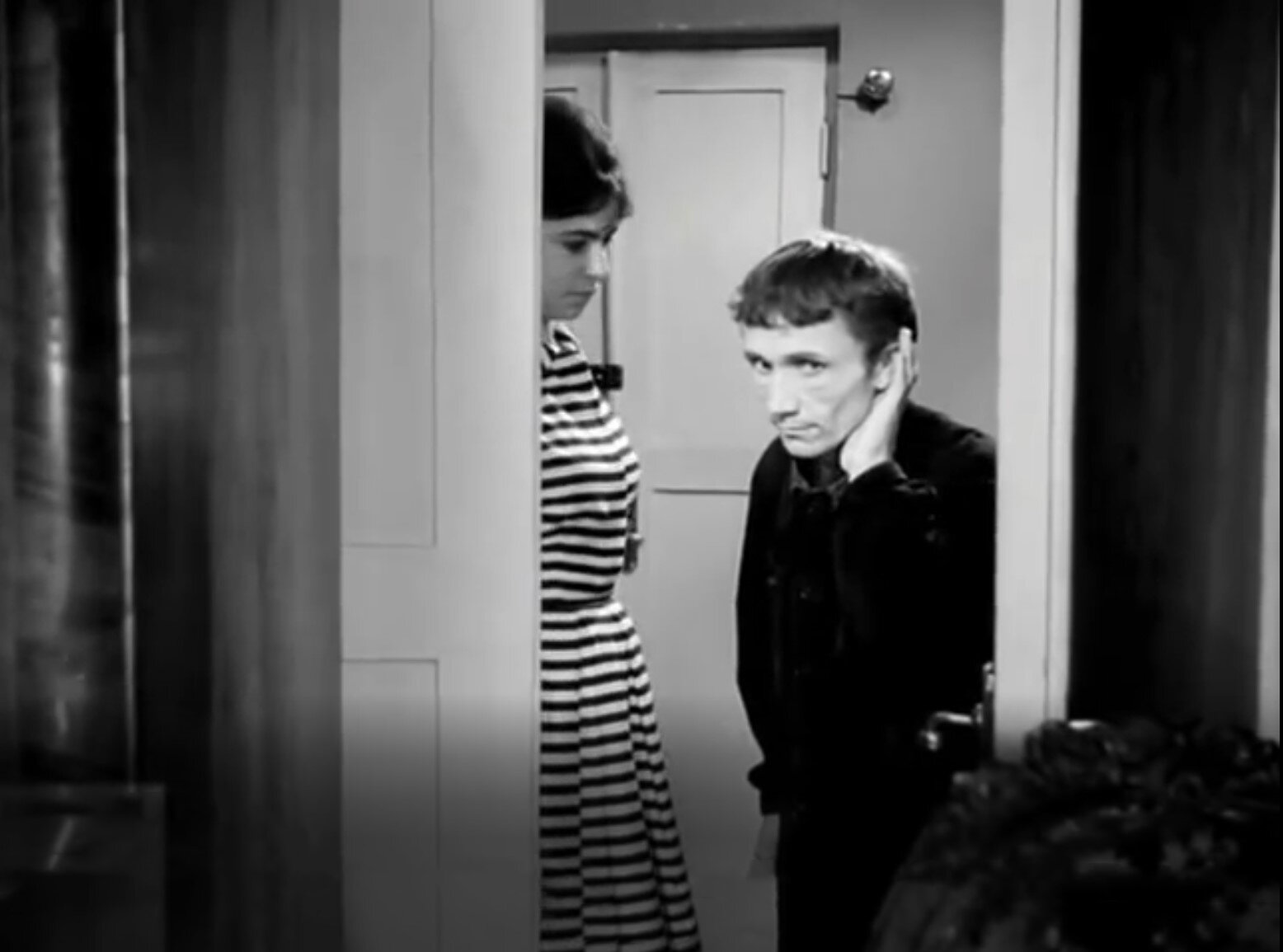
(Re-)Constructing Iosseliani’s Soundscape
Technical Dissertation
Abstract
The technical thesis aims to introduce unique ways of notating, testing and using sound as an architectural driver. The architecture aims to create a set of soundscapes and allow the user to engage in a multi-sensory experience within the building. This is explored by designing a Film Residency which focuses on foley sound design, highlighting the importance of sound in film.
It questions how architects can start gaining more control over the acoustic environments they are creating. This subsequently gives prominence to the acoustic environment over the traditional importance attached to the visual senses in architectural design. acoustic testing is often a minor consideration compared to cost, 'buildability', aesthetics, or other environmental drivers. As it always revolves around acoustic comfort, the tests carried out usually work with specific discrete scales following one method of visually ray-tracing the reflected sounds.
The thesis aims to work with different scales in order to tackle the different properties of sound production and propagation. Based on director Otar Iosseliani’s films, a palette of sounds was created. in an attempt to recreate these sounds, A set of 1:1 instruments were created to match the frequency (tone) of said sounds. Simultaneously, an acoustic model is built to investigate different textures, materials and forms to reconstruct Iosseliani’s discrete palette of sounds as well as test reverberation time. Introducing this challenge from the beginning and adapting it to design changes allows us to use sound as an active driver to design. Working between scales allows us to critically examine and test sound within the building.
The design methodology borrows methods from existing acoustic testing and applies them to the challenges of the specific project. In this way we can start bridging the two scales between instrument and architecture, body and space.
Finally, this project is a case study. In no way does it conclude to a single solution in using sound within architecture. It can be viewed as a diary of a curious writer, constantly growing their understanding of sound. Much like research done by artist Oliver Beer, or architect Paul Bavister, it is a project which hopes to shine a light on one of the less recognisable elements within architecture: The element of sound.
For full dissertation contact author
